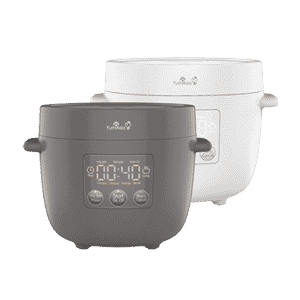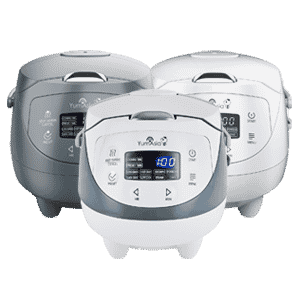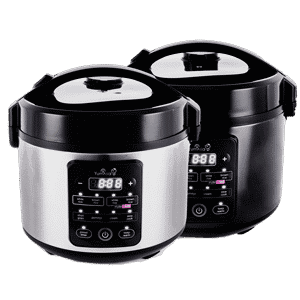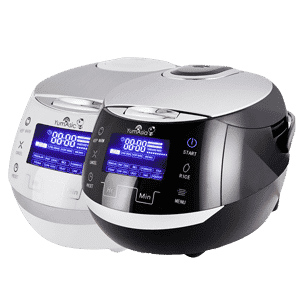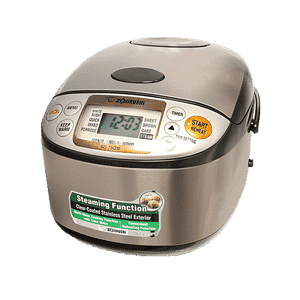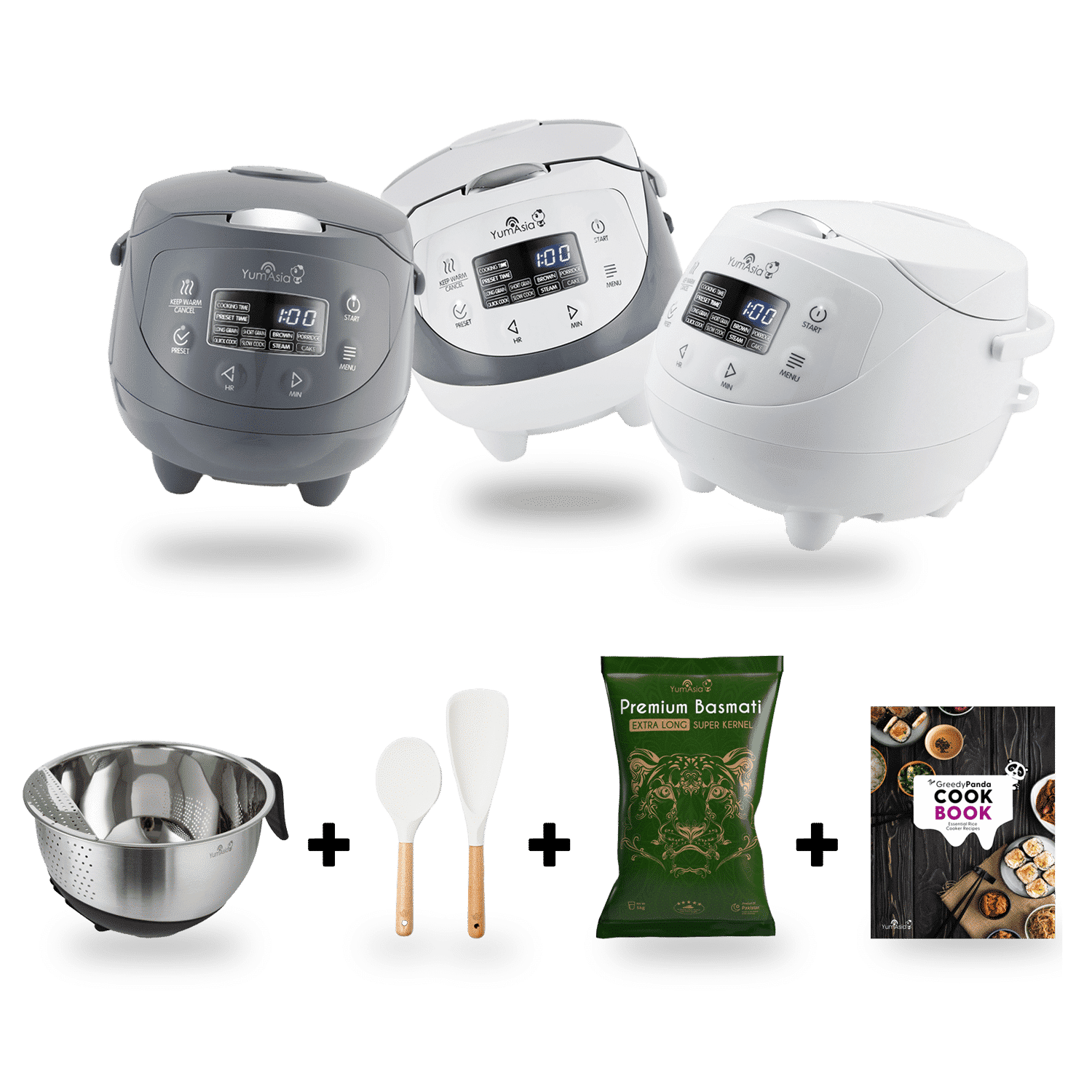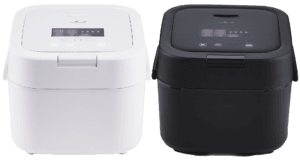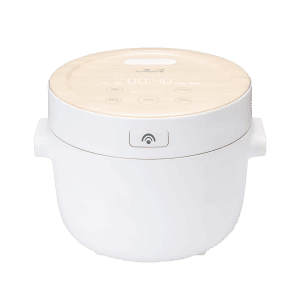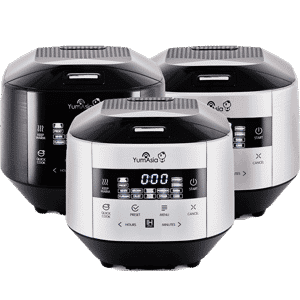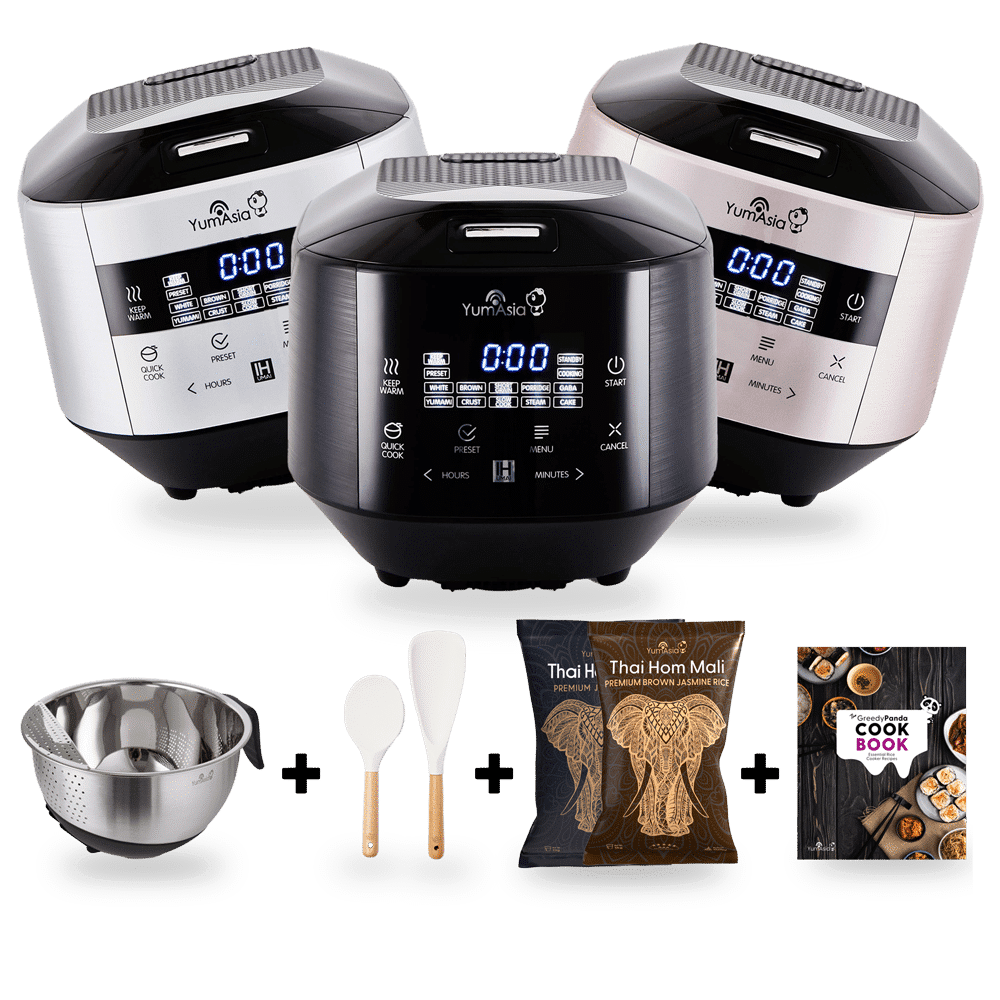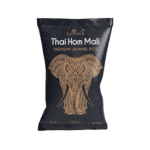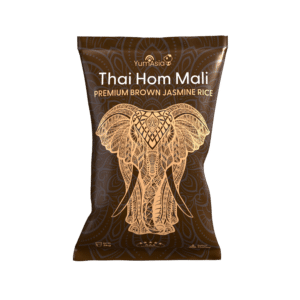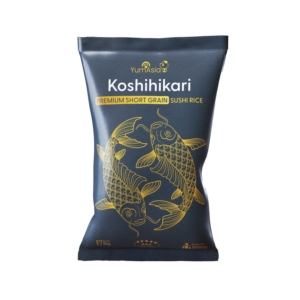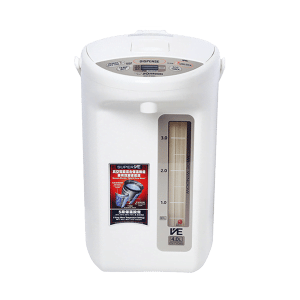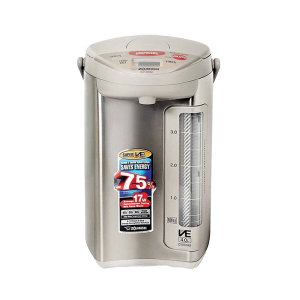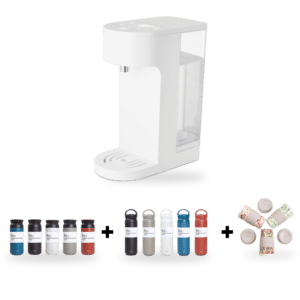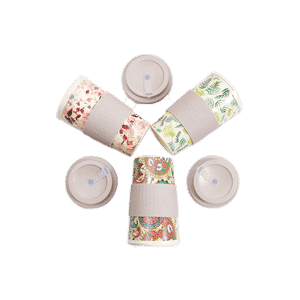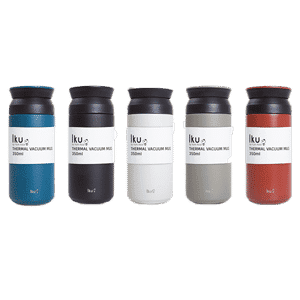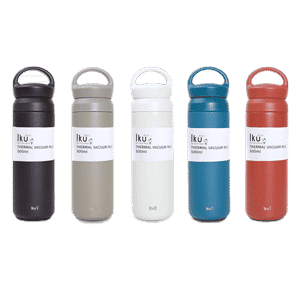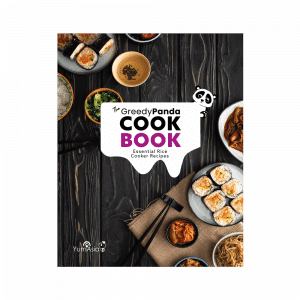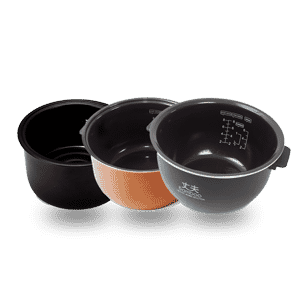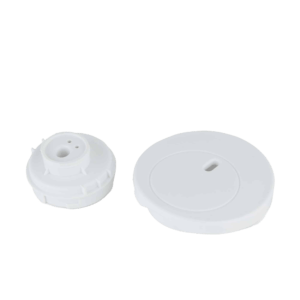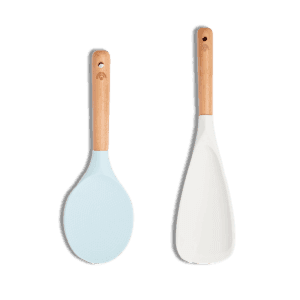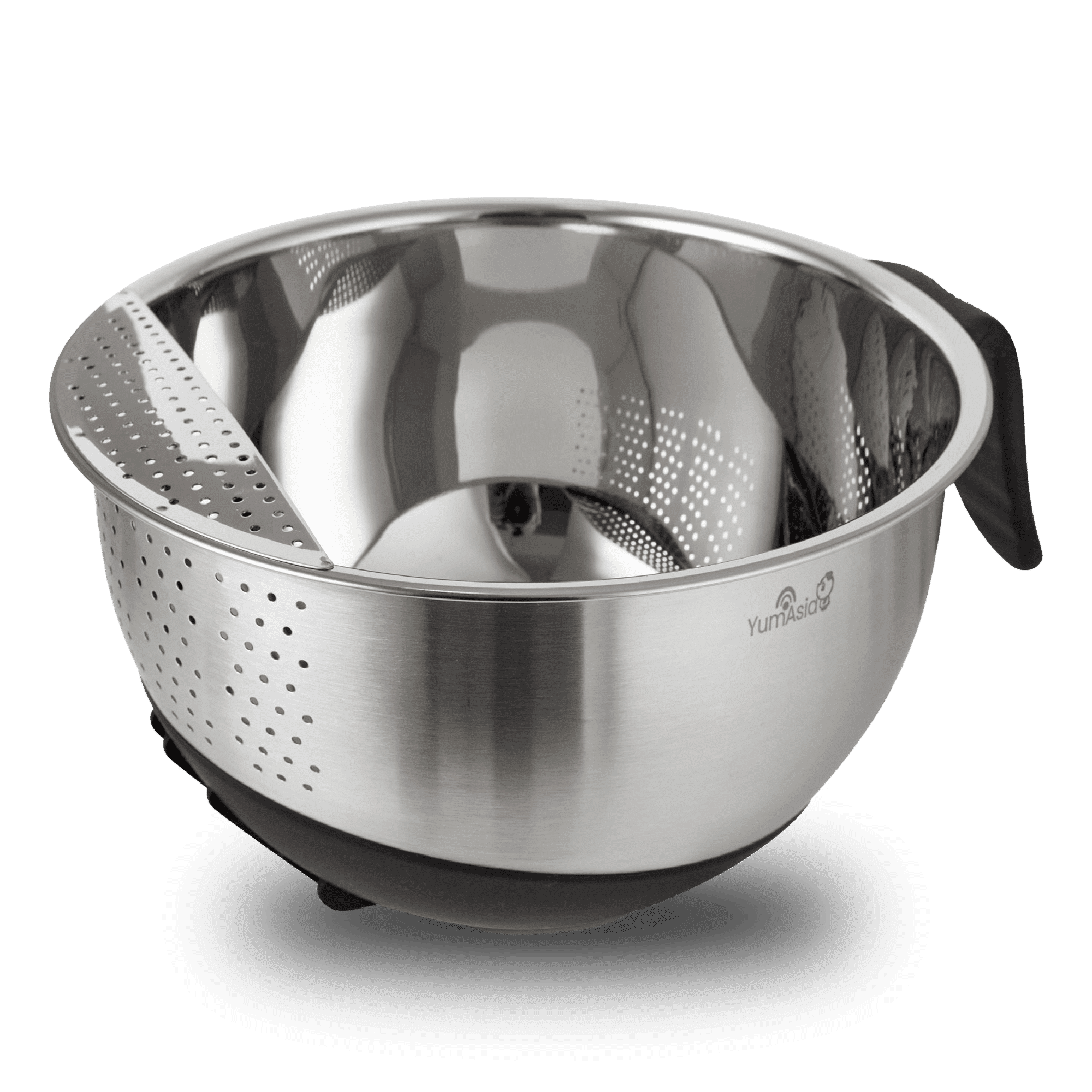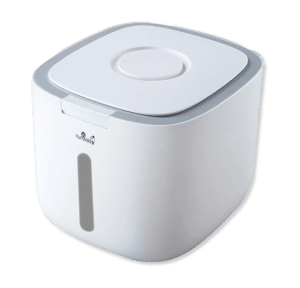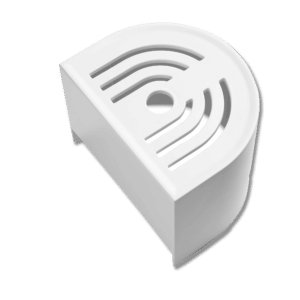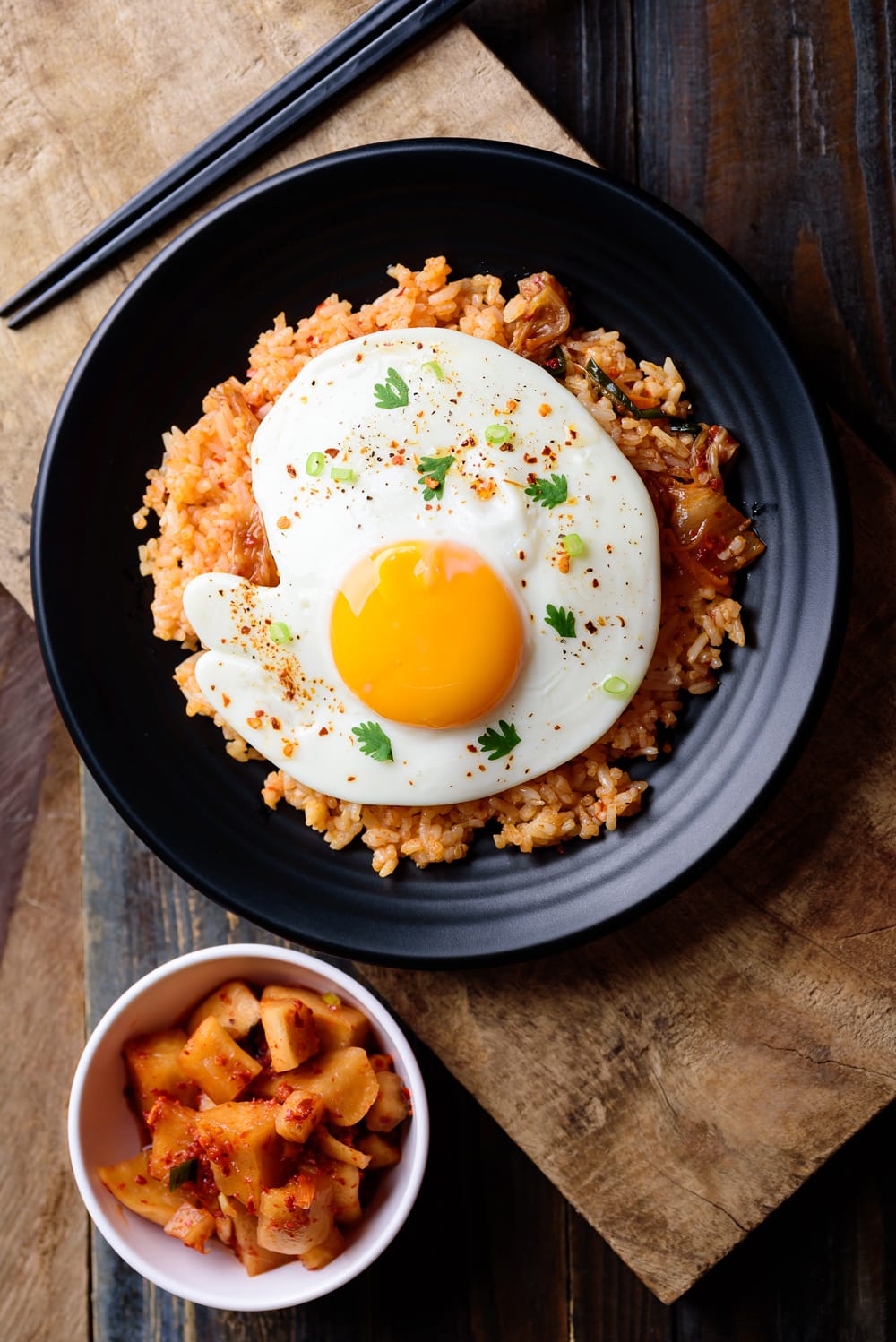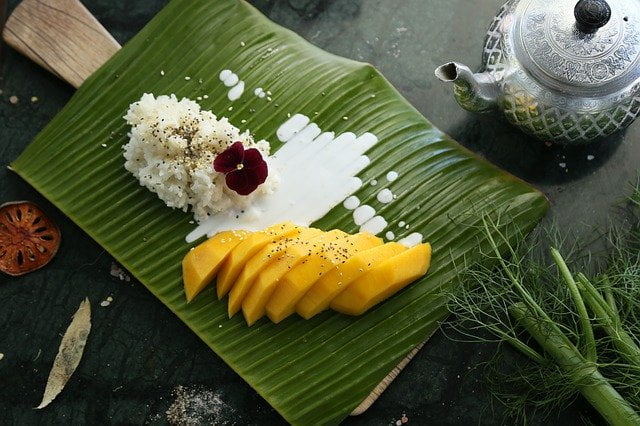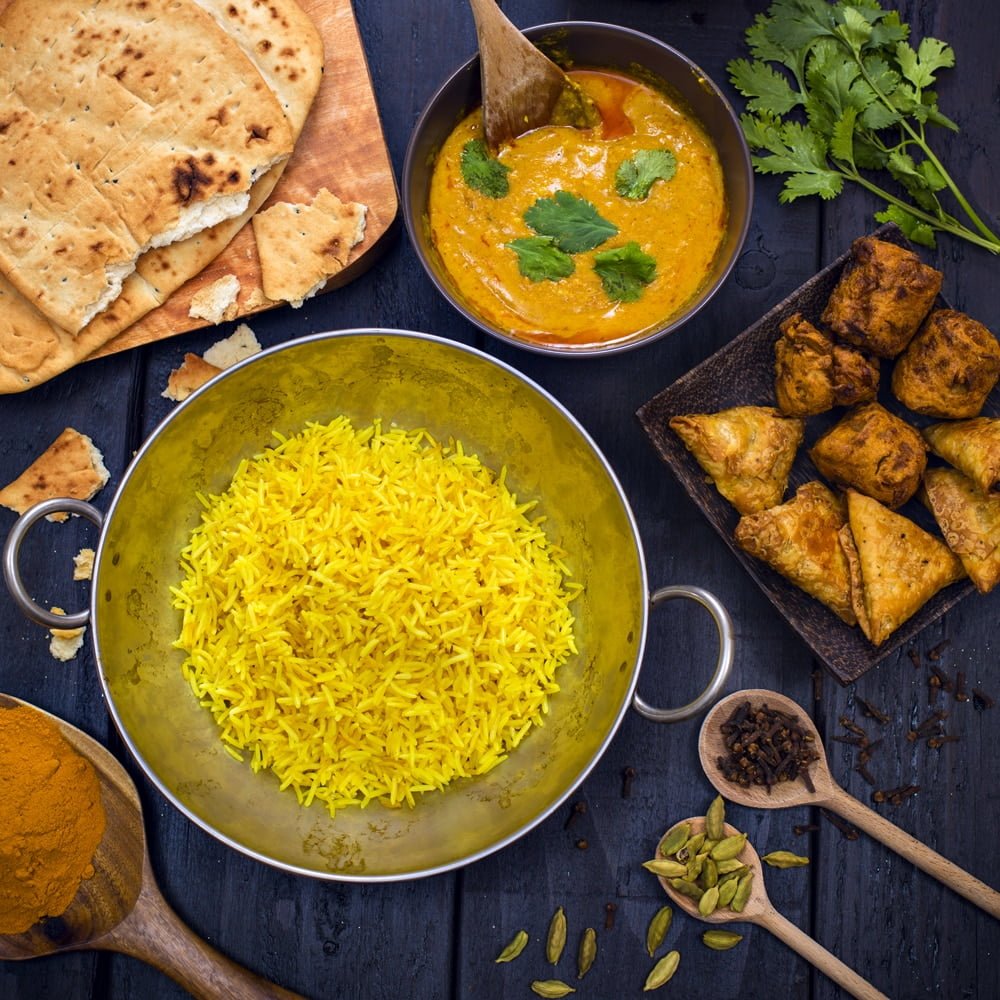Get Into The Grain Of It
Everyone at Yum Asia loves rice, and chances are, you do too. It can be a perfect side dish to so many things, but can also serve as the base of a full meal. You can flavour it in an almost infinite number of ways, or enjoy its inherent grainy perfume. However, there are numerous types of rice to start with, and staring down bags and boxes of white, brown, jasmine, basmati, sticky, and so on can be overwhelming. So we have created this guide to the different kinds of rice and how they can be cooked in our rice cookers.
Rice is a daily staple for nearly half of the world’s 7.8 billion people according to the International Rice Research Institute. The majority of it is consumed in Asia but it is now strongly trending upwards in other countries, including the UK, Europe and the U.S. It’s gluten-free (yes, even “glutinous” rice) and simple to cook if you know the basic varieties and have a good quality rice cooker in your kitchen. So refer to the below and go ahead and eat more rice because, let's face it, 3 billion people can’t be wrong!
The Four Characteristics Of Rice
1. Length and Shape
Rice is often characterized as one of three varieties – long grain, medium grain, or short grain rice. These varieties refer to the length and shape of the grain. Simply speaking, long grain rice will have a longer cylindrical shape, whereas short grain rice will be shorter and wider.
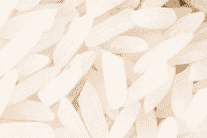
Long Grain Rice
This rice has milled grains that are at least three to four times as long as they are wide. Due to its starch composition, it is separate, light and fluffy when cooked.
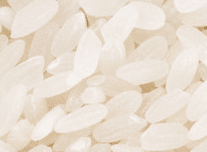
Medium Grain Rice
When compared to long grain rice, medium grain rice has a shorter, wider kernel. Since the cooked grains are more moist and tender than long grain rice, the rice has a greater tendency to stick together.
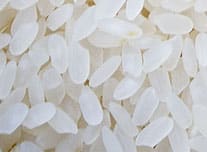
Short Grain Rice
Featuring grains that are less than twice as long as they are wide, this rice is short and best for sushi. It has a sticky texture when cooked.
2. Colour
Rice is naturally brown after harvesting, but once the nutrient-rich outer layer of bran is removed, it is white in colour. Red rice, black rice, and purple rice all feature unique pigmentation in the bran. For these colorful rice varieties, the bran layer usually remains for added visual appeal and added nutritional value.
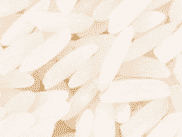
Polished Rice
The term “polished” simply refers to white rice that has had its outer brown layer of bran and germ removed. Rice that has shed its bran layers can also be referred to as "milled rice."
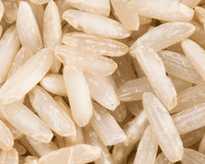
Brown Rice
This healthy rice sheds its outer husk and retains its bran and germ layers that give it a characteristic tan colour. Though brown rice takes a little longer to cook than white rice, the nutrient-dense layers are rich in vitamins and minerals.
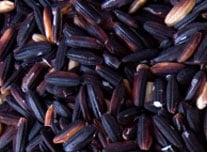
Forbidden Rice
High in nutritional value, this rice is also known as black rice and has a mild nutty flavor. Slightly sticky when cooked, it is used in a variety of Chinese or Thai dishes, including Chinese black rice cake and mango sticky rice. Mix it with white rice, and it also adds colour to any rice pilaf or rice bowl.

Wild Rice
These grains are harvested from the genus Zizania of grasses. High in protein, wild rice adds a colourful, exotic flair to any rice dish. Serve it with stir frys, mushroom soups, or casseroles for something new.
3. Aroma
Aroma is another factor to consider when cooking with rice. Certain rice varieties give off pleasing fragrances while being cooked. Add a sensory element to your guests’ dining experience with these rice types.

Basmati Rice
A type of long-grain rice that is popular among Indian cuisine and other ethnic dishes. Cooked basmati rice imparts a subtle nutty or popcorn-like flavor and aroma.
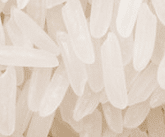
Jasmine Rice
Sometimes known as Thai fragrant rice, is a type of long grain rice with a long kernel and slightly sticky texture when cooked. Use it to infuse a subtle jasmine flavor and aroma into your dishes.
4. Texture
When cooking rice dishes, you’ll want to think about the desired texture of the rice. The starch content varies from rice type to rice type. It will affect whether rice is sticky or light and fluffy.

Sticky Rice
Also known as sweet rice, sticky rice is grown mainly in Southeast and East Asia and is used in many traditional Asian dishes, desserts, and sweets. When cooked, sticky rice is especially sticky and is often ground into rice flour.
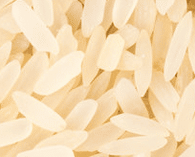
Parboiled Rice
This “rough” rice has gone through a steam-pressure process before milling that gelatinises the starch in the grain. This process produces a more separate grain that is light and fluffy when cooked. Converted rice is a type of parboiled rice that has been further pre-cooked, which ultimately allows you to whip up dishes of rice even faster but should never be used in a rice cooker!!
IMPORTANT NOTE
Parboiled rice (also called converted rice and easy cook rice) is rice that has been partially boiled in the husk and is NOT suitable for use in any of our rice cookers. As this rice is already partly cooked (and not pure uncooked raw grains) they do not work with our fuzzy logic rice cookers. This type of rice should only be used for rapid boiling or microwave cooking which, in our opinion, destroys the characteristics of rice that makes it so tasty!
The Different Types Of Rice
The Long Grains
Jasmine White Rice
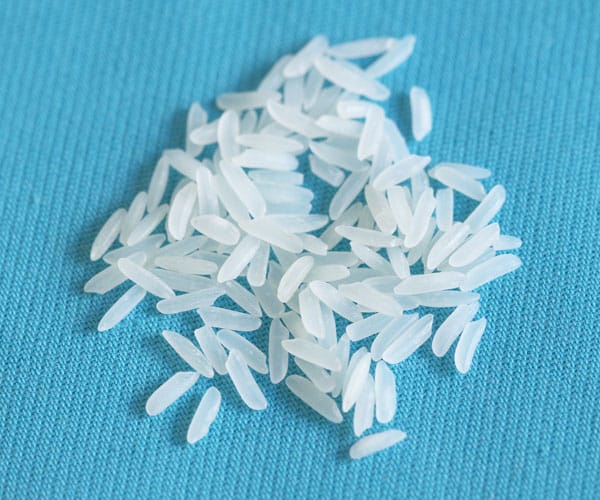
Jasmine rice, from Thailand, has long, translucent grains. When cooked, it has a seductive, slightly floral aroma and a soft, clingy texture. It should be washed before cooking to remove excess starch.
IDEAL FOR: Curry, stir-fry dishes, and other Thai and Asian cuisine
RICE COOKER SETTING: Long Grain, White Rice or Yumami
Basmati White Rice
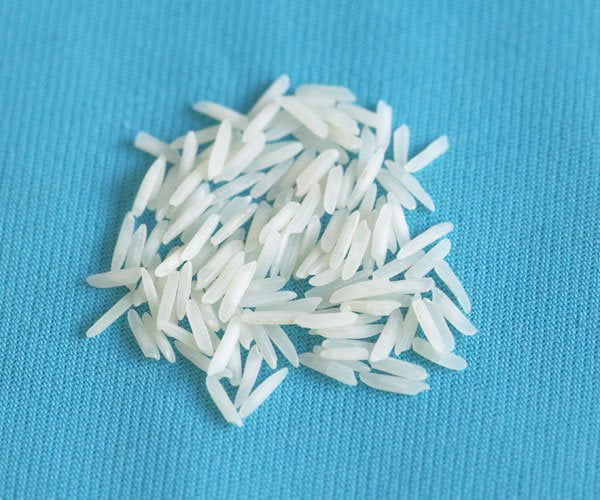
Basmati, the predominant rice in Indian and Pakistani cuisine, is marked by its extra-long grains and subtly nutty fragrance and flavor.
IDEAL FOR: Dal, curry, Pilau (saffron rice)
RICE COOKER SETTING: Long Grain, White Rice or Yumami
Standard Long Grain
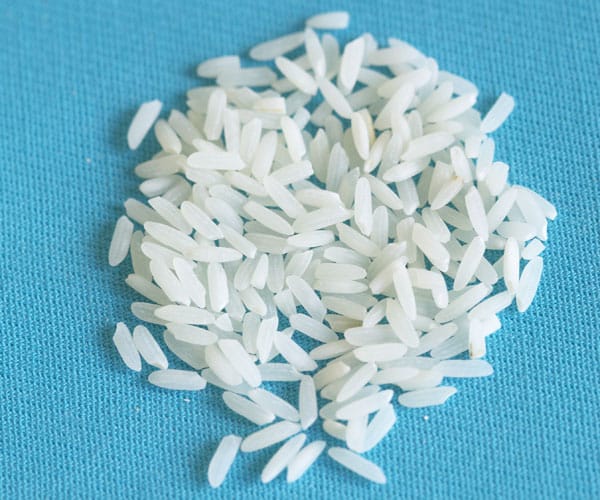
Long-grain white rice is the most familiar rice in western kitchens. During cooking water gets completely absorbed by the rice for a dry, fluffy texture with distinct grains.. (American type long grain rice is not recommended for sealed type rice cookers)
IDEAL FOR: General purpose dishes
RICE COOKER SETTING: Long Grain, White Rice or Yumami
Brown Long Grain
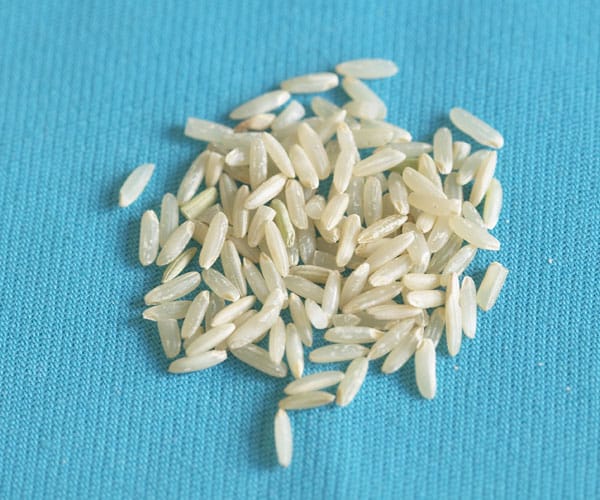
Long-grain brown rice is the whole-grain version of its white counterpart—that is to say, the bran and germ layers are left intact, giving the rice a nutty, grainy flavor and a chewy bite. (American type long grain rice is not recommended for sealed type rice cookers)
IDEAL FOR: General Purpose
RICE COOKER SETTING: Brown Rice or GABA
The Medium And Short Grains
White Sushi Rice
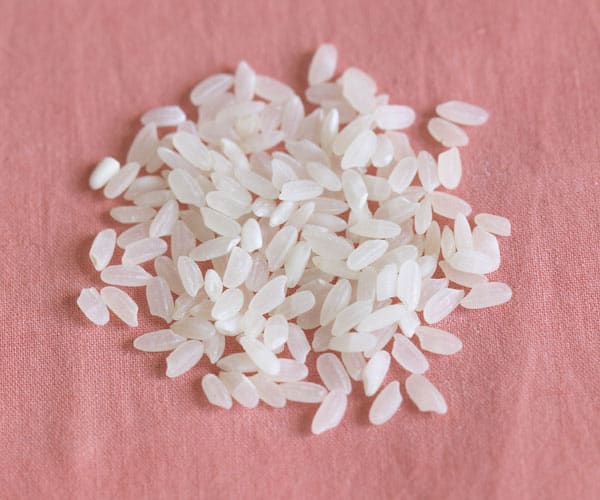
Japanese-style rice is used for sushi, but also served plain as a finish to a typical meal. It’s slightly translucent when raw, and firm but a bit sticky when cooked (but don’t confuse it with Japanese sticky rice, used for the sweets called mochi).
IDEAL FOR: Sushi, Seafood, Japanese dishes
RICE COOKER SETTING: Short Grain (or white setting if no short grain)
Bomba White Rice
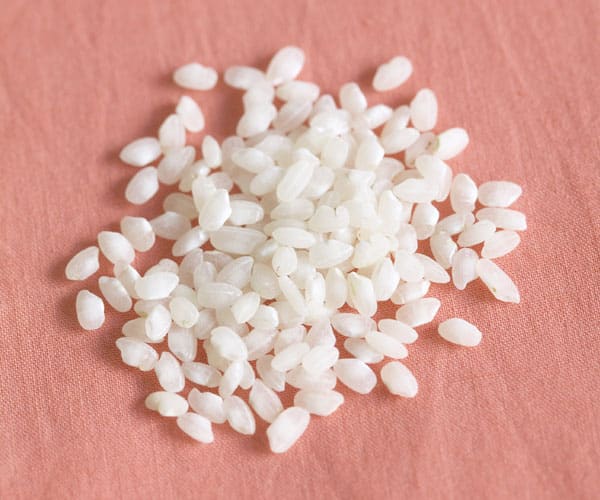
Bomba is the rice of choice for the Spanish classic paella. It absorbs up to twice as much liquid as long-grain rice, but without getting sticky, like short-grain rice.
IDEAL FOR: Spanish dishes
RICE COOKER SETTING: Short Grain (or white setting if no short grain)
Arborio White RIce
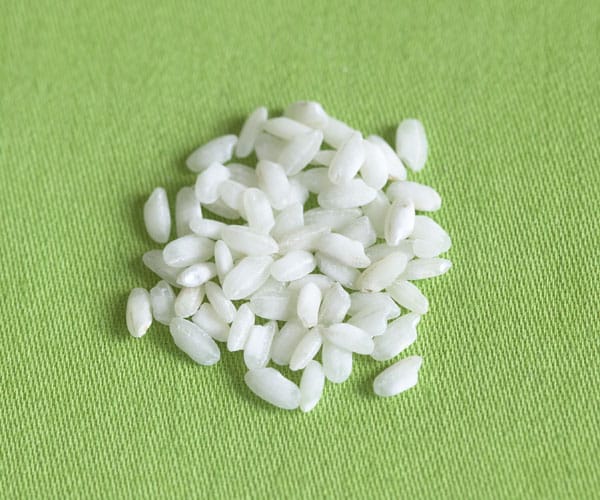
Arborio rice is the most widely available variety of Italian superfino rice, used to make risotto (the other types include carnaroli and vialone nano). All of them have plump grains and a high proportion of amylopectin, a type of sticky starch that’s responsible for the trademark creamy texture of risotto.
IDEAL FOR: Risotto, rice pudding
RICE COOKER SETTING: Short Grain (or white setting if no short grain)
Short Grain Brown Rice
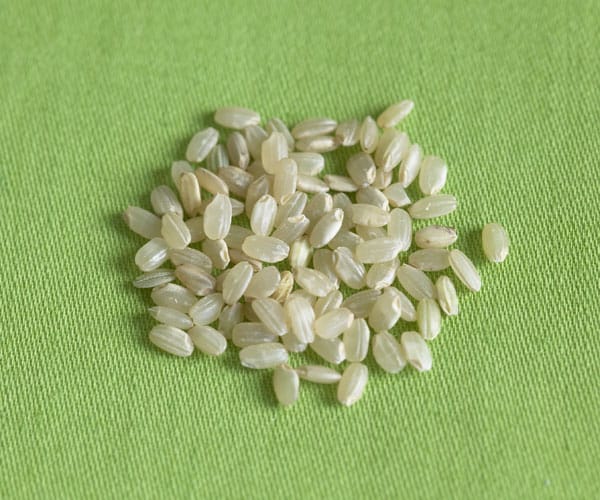
Short-grain brown rice, like other short-grained varieties, has a higher level of amylopectin, making it slightly sticky. The intact bran gives it more chew than white short-grain rice.
IDEAL FOR: Sushi, healthier sushi
RICE COOKER SETTING: Brown rice or GABA
The Speciality Grains
Wehani Rice
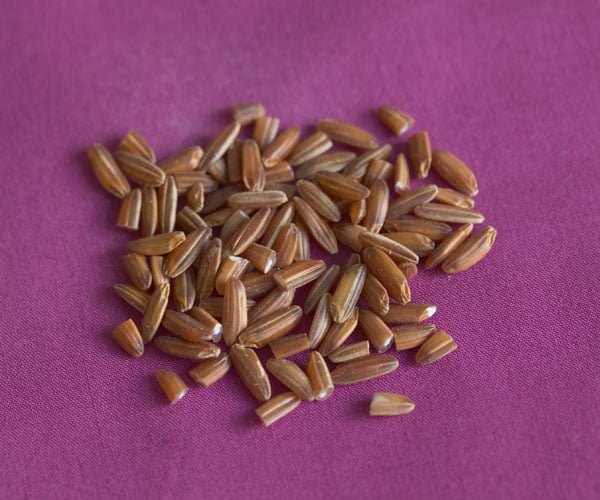
Wehani rice is a whole-grain, reddish-brown American hybrid of basmati and long-grain brown rice. Its intense chew and deep colour make it popular for mixing with other rices in a pilaf.
IDEAL FOR: Pilaf, rice mixing for colour
RICE COOKER SETTING: Brown or GABA
Kalijira Rice
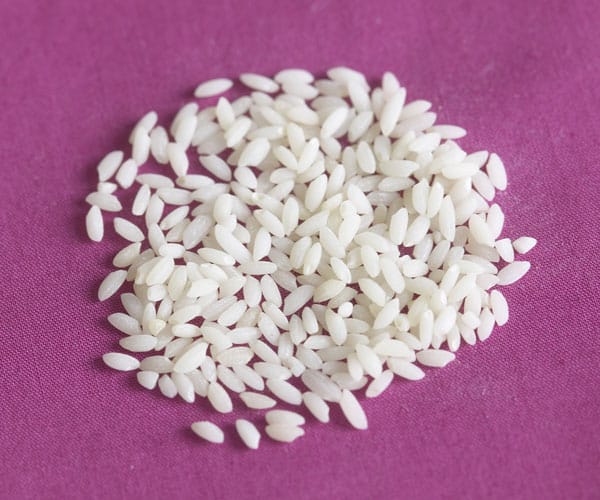
Kalijira rice is a medium-grain rice from the Bengal region of India, often called “baby basmati” because of its diminutive size. It makes an intriguing alternative to basmati in a pilaf.
IDEAL FOR: Vegetables, fish and light meals
RICE COOKER SETTING: Long grain or white rice
Wild Rice
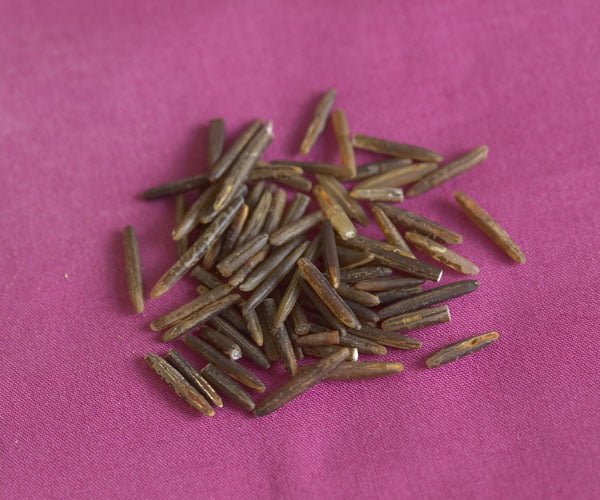
Not true rice but actually the seed of a grass native to North America. Despite the name, most “wild” rice sold in supermarkets today is actually cultivated (though truly wild rice can be found at specialty stores). The long grains are deeply chewy, and add interest to pilafs and plain cooked rice varieties.
IDEAL FOR: Variety of foods such as dressings, casseroles, soups, salads, and desserts.
RICE COOKER SETTING: Brown or GABA
Chinese Black Rice
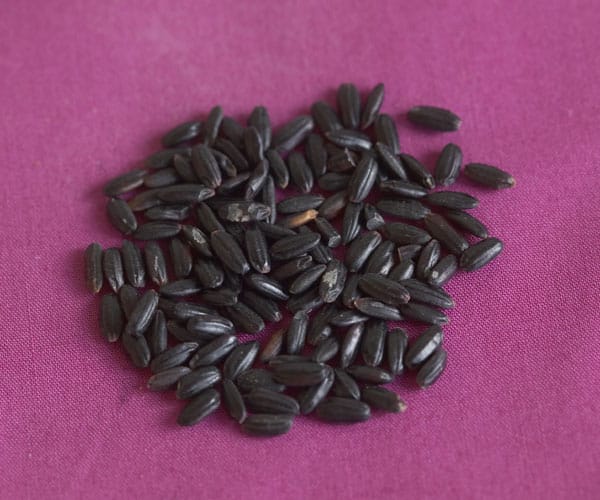
Chinese black rice, also known as forbidden rice, is increasingly available in specialty stores and even supermarkets. It’s a whole-grain rice that cooks up firm, non-sticky, and tender. Its dramatic colour (deep purple when cooked) makes it a particularly striking side dish or pilaf..
IDEAL FOR: Porridge, dessert, traditional Chinese black rice cake, bread, and noodles
RICE COOKER SETTING: Brown or GABA
Glutinous Rice
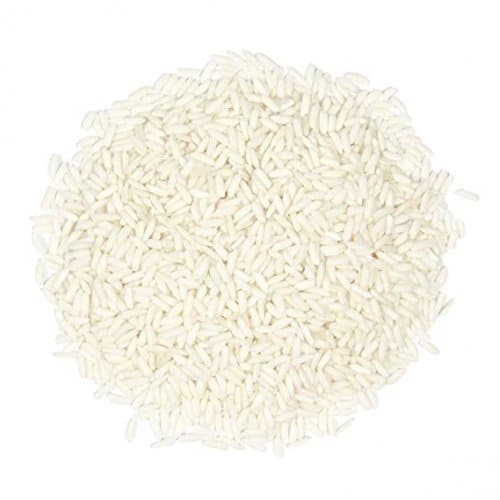
In the sense of being glue-like or sticky, and not in the sense of containing gluten (which it does not). Often called “sticky rice can come in short or long grain lengths
IDEAL FOR: Desserts, Mango sticky rice and many asian dishes
RICE COOKER SETTING: Short or Long grain depending
Thai Rice Berry
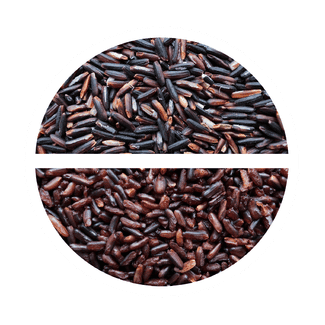
Riceberry rice entered the Thai rice market over ten years ago and is well known for its distinctive appearance, nutritional value and numerous health benefits
IDEAL FOR: High nutrition, very healthy, new grain for use in Thai dishes
RICE COOKER SETTING: Brown or GABA
More Grains To Be Added
We only add what we see as the most popular or important grains to this section. If you feel a grain is missing then let us know for our consideration.
Thank you

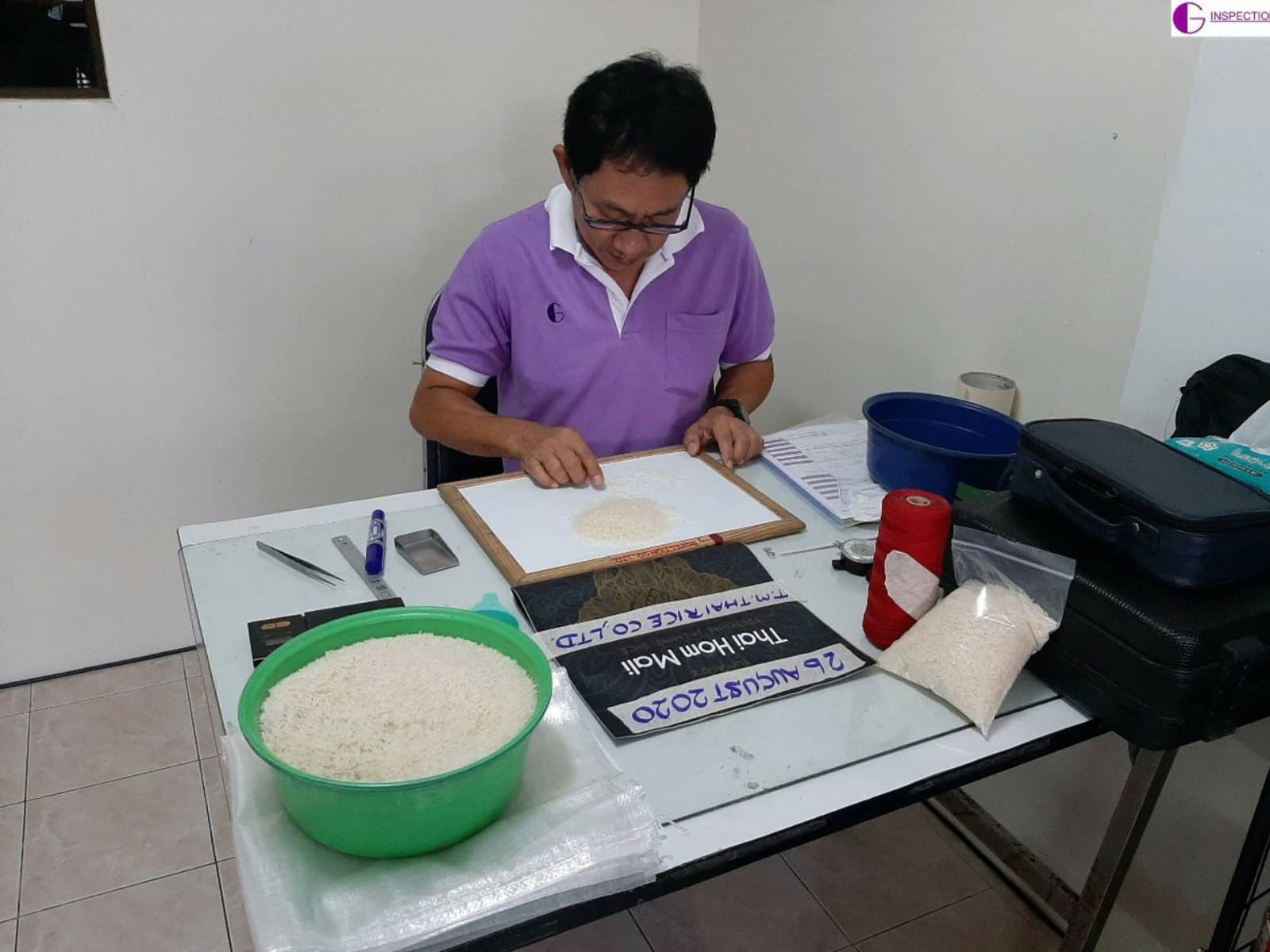

About Our Rice
Why Choose Yum Asia Brand?
WE DON'T CHOOSE ANY OLD RICE
For each grain chosen we test for aroma, taste, texture, shape, purity, ethical harvesting and much more...
GENEROUS PROPORTIONS
We simply don't do small portions. For example, the most popular rice we have is packaged in generous resealable 5kg pillow bags.
GOOD IN PANS - BETTER IN RICE COOKERS!
Picked to work well in saucepans but cooks amazingly in good rice cookers.
FULLY COMPLIANT
Rice is only chosen if it acheives the correct grade and meets various certifications such as GMP, GHP, HACCP international standards.
Where our rice originates
Thailand, Pakistan and Vietnam
Our rice is grown in either Roi et, in North Eastern Thailand (Jasmine and Riceberry) , Pakistan at the foothills of the Himalayan mountain range (Basmati rice) or the finest paddy fields of Vietnam (Koshihikari). All our growing areas are prime grounds for growing their own respective speciality grains and are world renowned.


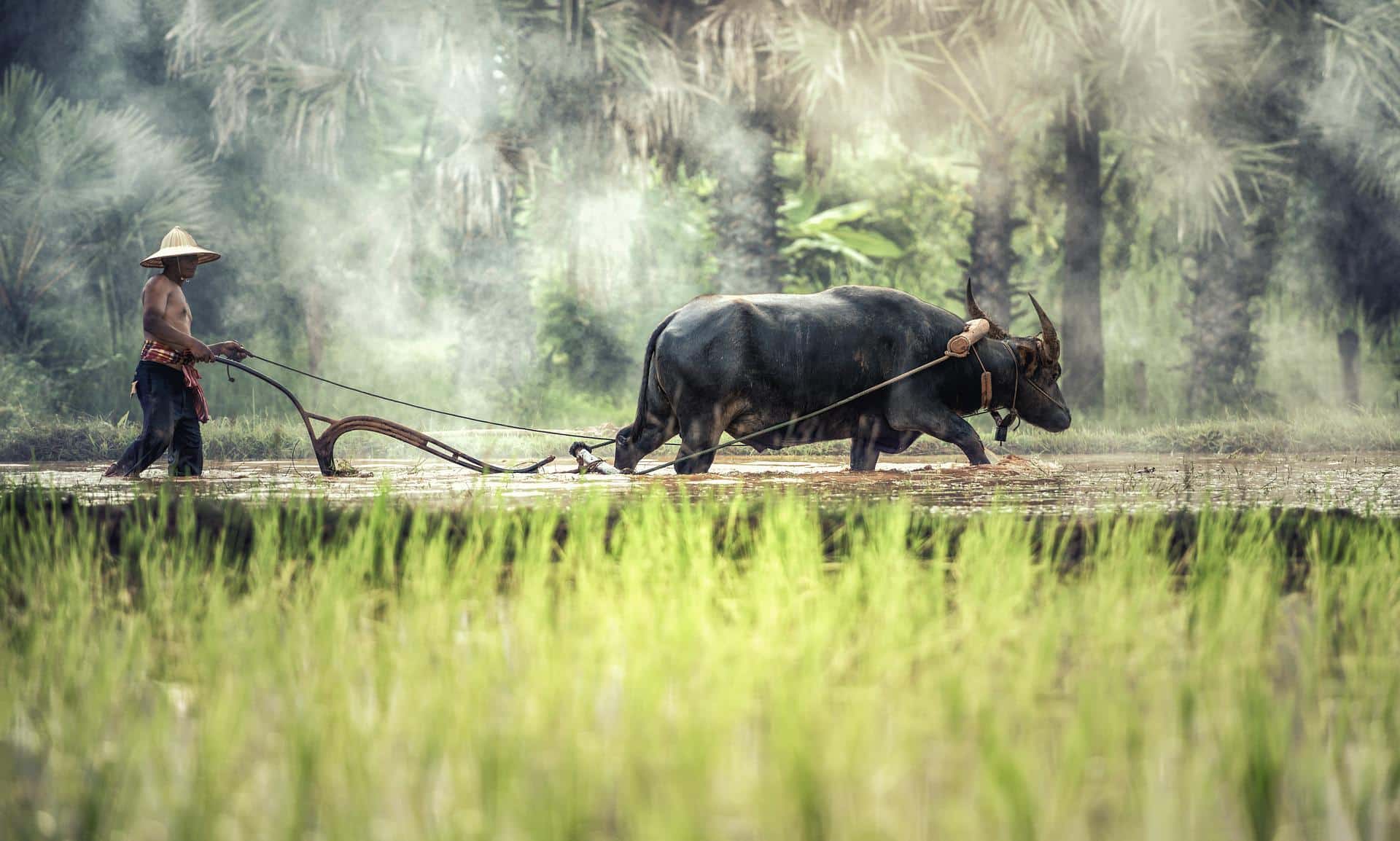
The Popular Grains
Here is a summary of the more commonly eaten rice
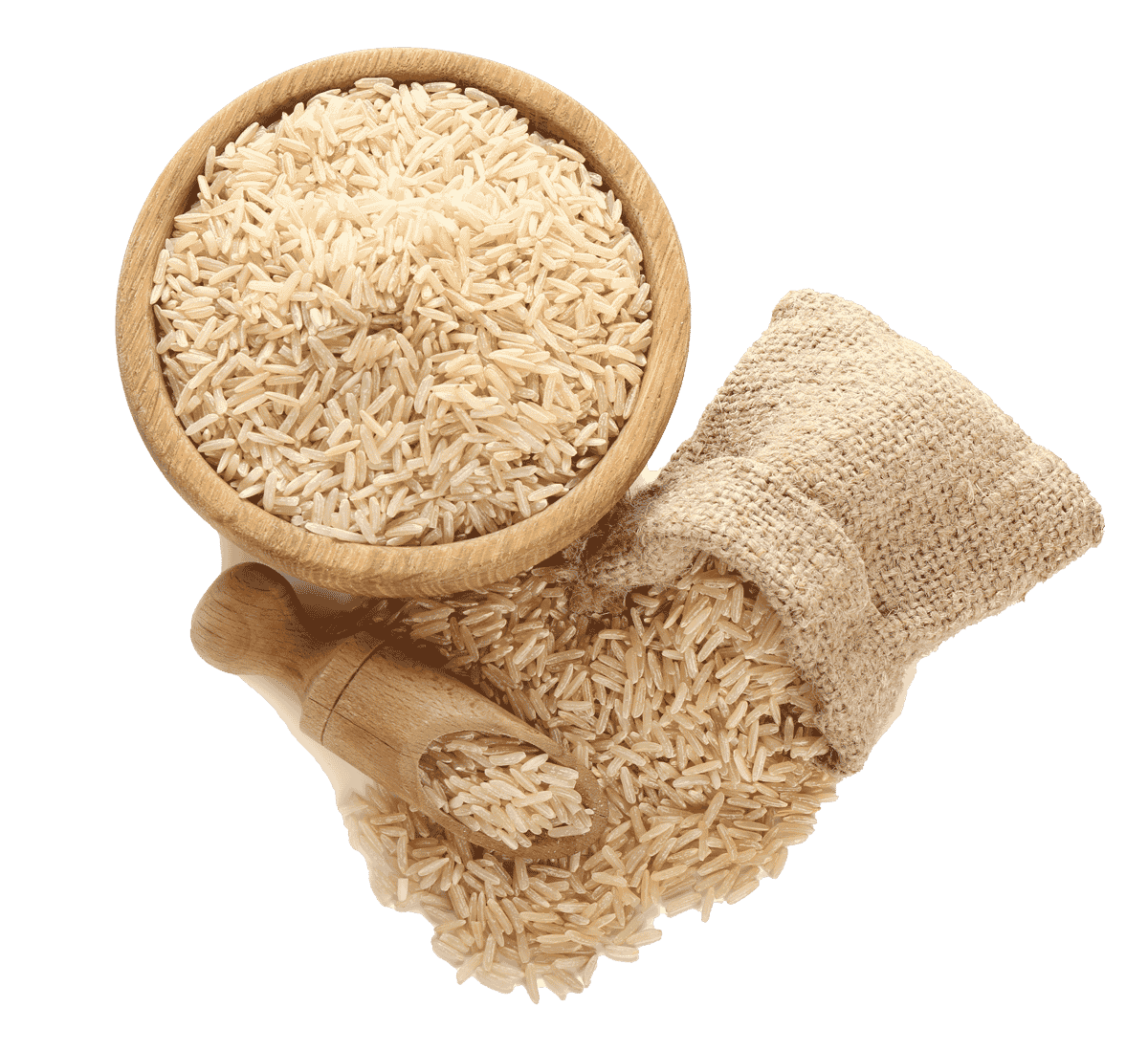
Great offers on rice
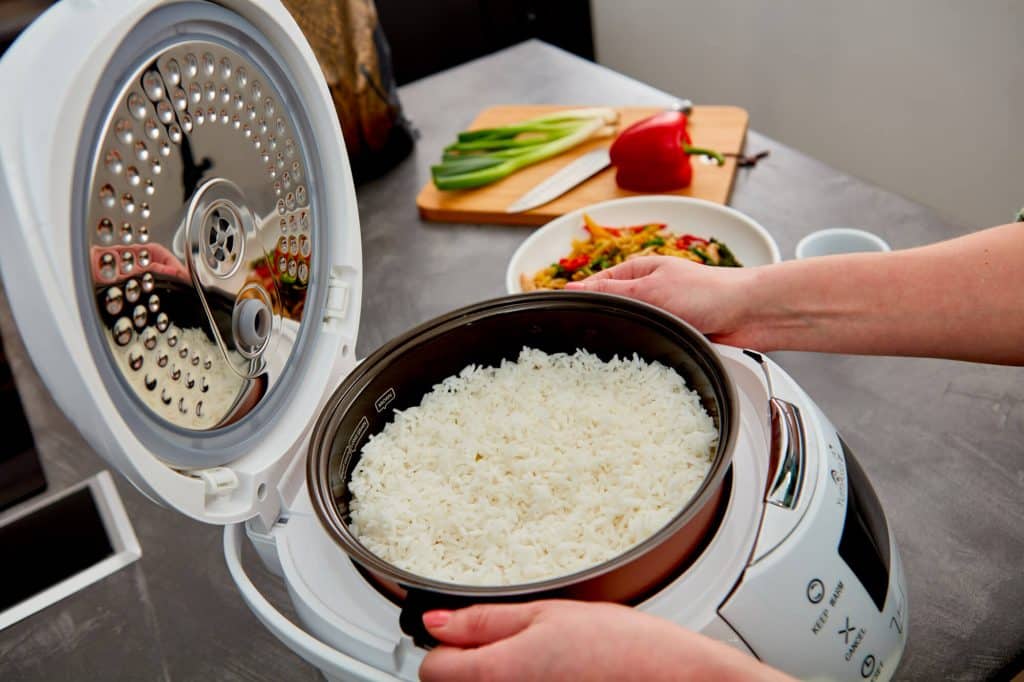
Tips for cooking perfect rice
There are many different ways to cook rice. Some are better than others. Check out our advice for great tasting rice every time.
Use a good rice cooker
Whilst not essential a good rice cooker with fuzzy logic technology does more than simply boil the rice. It steams, braises and other cooking techniques to achieve optimal taste, texture and aroma.
Use a saucepan but do it right
The most common method of cooking rice is the boiling method in a saucepan. Often a lot of nutrients are lost in this method but if the process involves some steaming then the results can be satisfactory
Use good quality rice
Use a good quality grain which doesn't have many broken grains. If using a rice cooker choose the right function for the rice you are cooking. Do not use pre-cooked rice.
Wash your rice if needed
Not all rice needs washing but if your rice is particularly starchy then run through cold water using a sieve or similar until the water runs more clear.
Use the right amount of water
Different rice types require different amounts of water. This amount is also determined by the amount of rice you are cooking. You can either use rice cooker bowl level lines to assist with this or try work out the ratio of rice to water yourself.
Leave to rest
When finished cooking in either a pan or a rice cooker remove the cover, gently stir the rice to release excess moisture and leave it to stand for a few minutes. Leaving on keep warm in a rice cooker with the lid shut after stirring works best.
Vegetarian
Veg lasagna, fried rice, jollof rice, Thai green curry...we have them all
Meat
Stroganoff, beef rendang, kimbap. rogan josh and much more
Fish
Salmon teryaki, Goan fish curry, Tenmusu, Sushi ideas etc
Desserts
Rice pudding, soul warming porridge, yummy cheesecake ..and so it goes
Thai
Rich curries, spicy rice dishes and yummy desserts to tantalise the tastebuds
Mexican
Tacos, chilli, burritos, spicy rice dishes and more
Indian
Delicious curries, dals and more with multi levels of spice
Japanese
Precise, delicate and considered recipes
Chinese
Chinese food is one of the oldest and most diverse in the world with unusual ingredients
Western
Comfort food enjoyed by everyone
Italian
Pizza, risottos, pasta and more comprise this simple but tasty cuisine
Korean
Bulgogi, bibimbap and more

